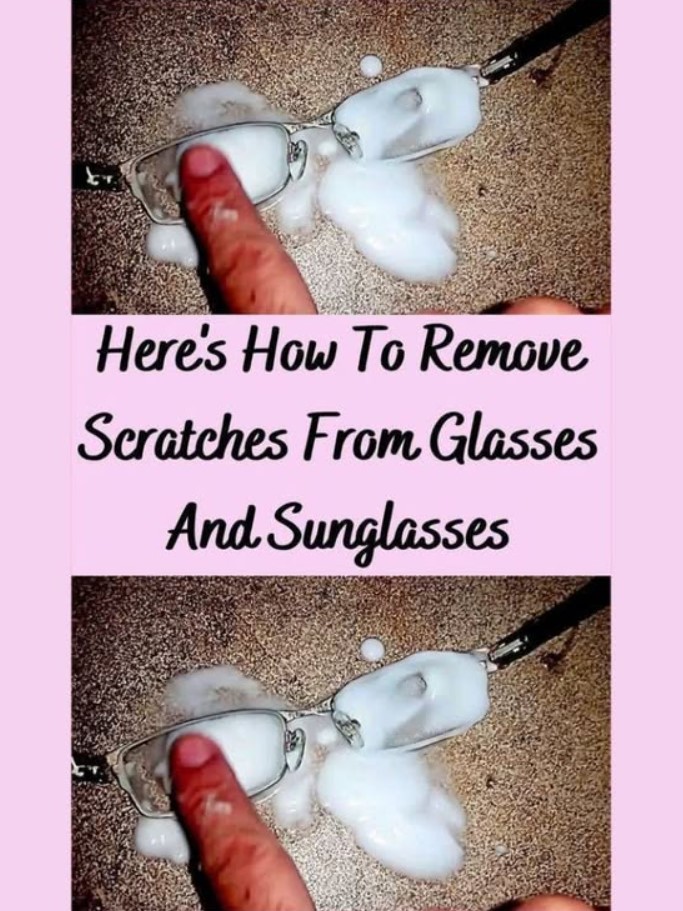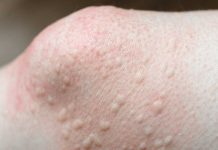Why Address Scratched Glasses?
If you’ve ever worn glasses, you know how frustrating it can be to deal with scratches on your lenses. These imperfections may seem minor at first, but they can significantly impact your ability to see clearly. Addressing scratched glasses is important for several reasons:
- Improved Vision: Scratches distort light and create blurriness, making it difficult to focus and see details accurately.
- Aesthetic Appeal: Scratched lenses look worn-out, reducing the professional and polished appearance of your glasses.
- Cost Savings: Instead of spending money on a new pair, repairing minor scratches at home can extend the life of your lenses and save you money.
Fortunately, there are several DIY methods to restore your glasses and improve visibility. Let’s explore five easy and effective ways to remove or minimize scratches from your lenses.
1. Use Baking Soda Paste 🧂
How It Works: Baking soda acts as a mild abrasive, helping to gently buff out superficial scratches without damaging lens coatings.
Steps:
- Mix two parts baking soda with one part water to form a thick paste.
- Apply the paste to the scratched area using a soft cloth or cotton swab.
- Rub gently in a circular motion for 10–15 seconds.
- Rinse the lens thoroughly with water and dry with a microfiber cloth.
Tips:
- Avoid excessive pressure, as it can worsen the scratch.
- Test on a small area first, especially if your lenses have special coatings (e.g., anti-glare).
2. Try Toothpaste (Non-Gel) 🦷
How It Works: Non-gel toothpaste contains mild abrasives that smooth out fine scratches on glass or plastic lenses.
Steps:
- Apply a small amount of non-gel toothpaste directly to the scratched area.
- Use a soft cloth or cotton ball to rub the toothpaste in a circular motion for 30–60 seconds.
- Rinse the lens thoroughly with water.
- Dry the lens with a lint-free microfiber cloth.
Tips:
- Avoid gel-based toothpaste as it lacks abrasives.
- Be cautious with anti-reflective coatings, as toothpaste might affect them.
3. Use Car Wax or Plastic Polish ✨
How It Works: Car wax or plastic polish helps fill in minor scratches, creating a smooth, shiny surface.
Steps:
- Apply a small amount of car wax or plastic polish to the scratched area.
- Gently buff the area using a soft, clean cloth in a circular motion.
- Wipe off any excess wax with a microfiber cloth.
Tips:
- Choose a polish specifically designed for plastics if your lenses are made of polycarbonate or similar materials.
- This method works best for shallow scratches.
4. Apply Clear Nail Polish 💅
How It Works: Clear nail polish temporarily fills in scratches, smoothing the surface of the lens.
Steps:
- Clean the lens thoroughly to remove dirt and oils.
- Apply a thin layer of clear nail polish over the scratch using a small brush.
- Allow the polish to dry completely before wearing the glasses.
Tips:
- Use only clear nail polish to avoid discoloration.
- This is a temporary fix and may need to be reapplied periodically.
5. Professional Lens Repair Services 🔧
When to Consider: If the scratches are deep or your lenses have specialized coatings (e.g., anti-glare, UV protection), professional repair or replacement may be the best option.
What to Expect:
- Many optical shops offer lens polishing services to remove minor scratches.
- For deeper damage, replacing the lenses entirely might be more cost-effective than attempting repairs.
Tips:
- Check with your optician about warranty options if your glasses are still under coverage.
- Keep your lenses protected with a sturdy case to prevent future scratches.
Prevention Tips: How to Avoid Scratches in the Future
While these methods can help repair existing scratches, prevention is always better than cure. Here are some essential tips to keep your glasses scratch-free:
✔ Use a Microfiber Cloth: Always clean your lenses with a microfiber cloth to avoid abrasions. ✔ Store Properly: Keep your glasses in a hard case when not in use. ✔ Avoid Harsh Cleaners: Never use household cleaners, alcohol, or abrasive materials on your lenses. ✔ Handle with Care: Remove and put on your glasses with both hands to prevent bending or scratching.
Final Thoughts
Scratched glasses don’t have to mean the end of their usability. With these five easy methods, you can reduce or remove minor scratches and improve the clarity of your lenses. However, remember that deep scratches or damaged coatings may require professional attention or replacement.
By taking preventive measures, you can extend the life of your glasses and enjoy clearer vision for longer.
Have you tried any of these methods? Share your experiences, tips, or questions in the comments below. Here’s to clearer vision and fewer frustrations! 👓✨










